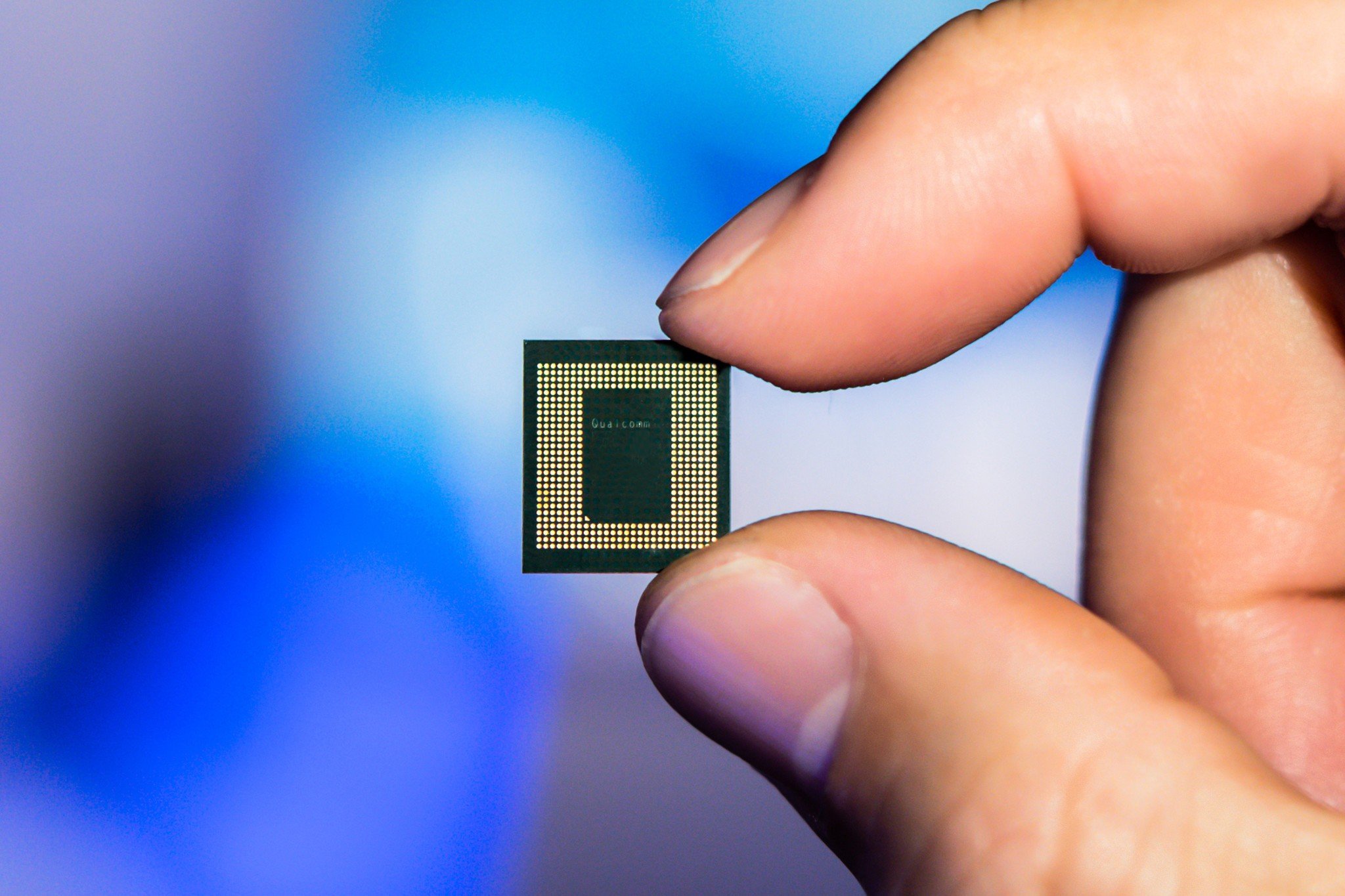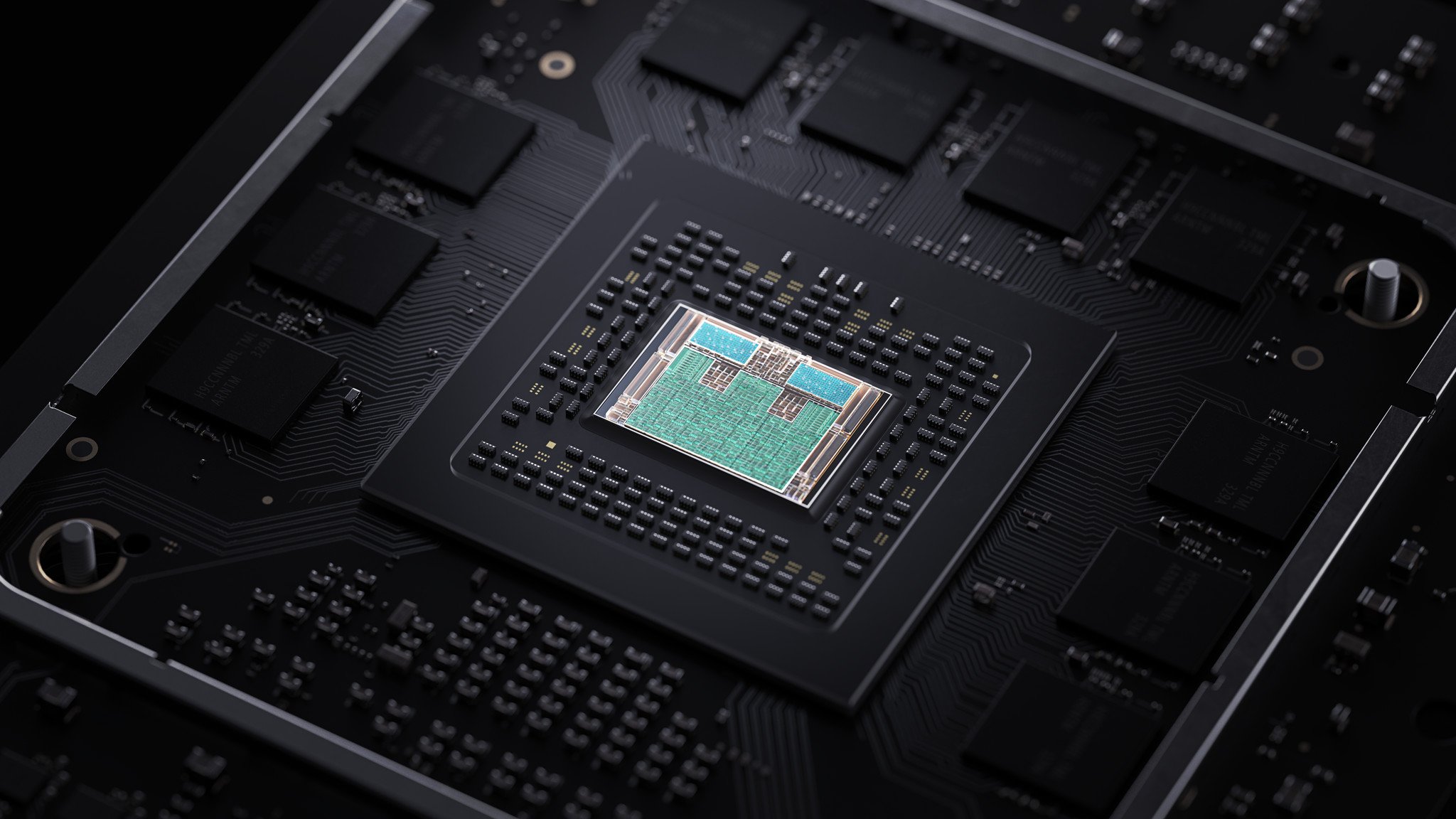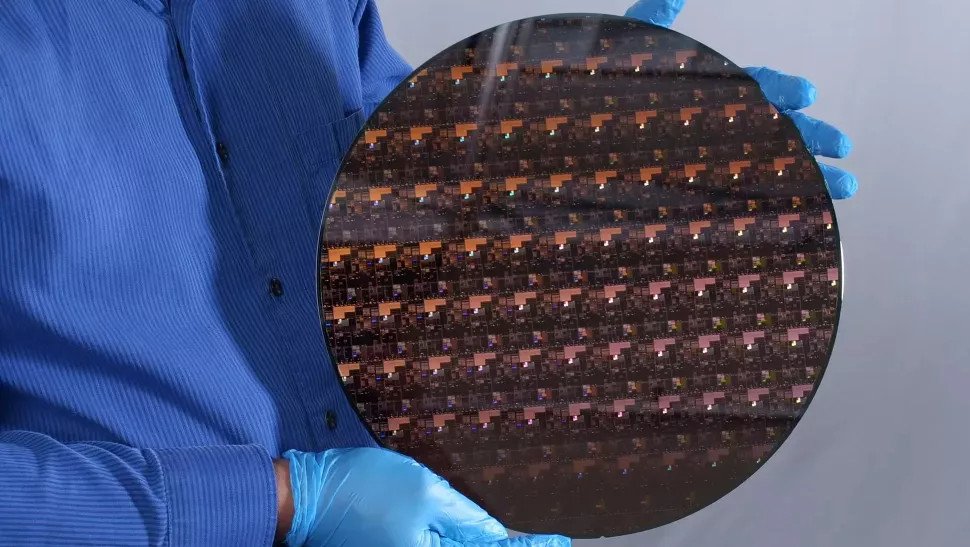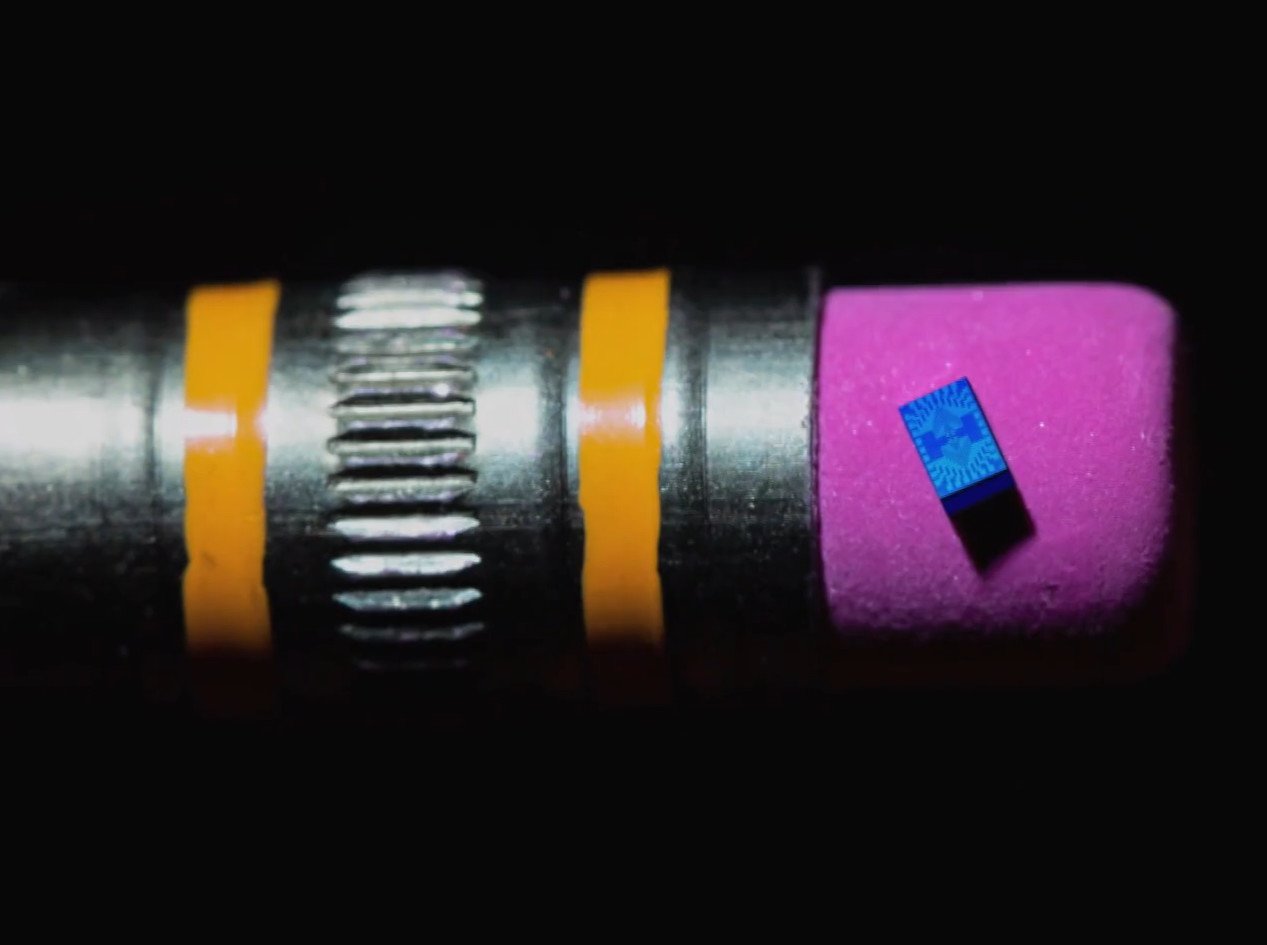The great chip shortage of 2021: Navitas Semiconductor weighs in
The shortage of these tiny chips impacts everything from PC companies to the auto industry.

If you've recently spent any amount of time trying to buy the best graphics cards or best CPU for your custom PC, you'll notice a problem: Everything is out of stock or being sold for exorbitant prices on reselling sites such as eBay. That's because there's a chip shortage going on all around the world.
This tiny ingredient of much of our technology is at the core of why people are having to resort to grey markets to get their tech these days. Semiconductors ― in this instance, silicon-based chips ― are in short supply thanks to the pandemic and the increasingly high demand for electronics as a result of a global shift toward remote work. However, chipmaking is a time-intensive process, meaning the spike in consumer hunger is outpacing supply by a hefty margin, even as companies rush to keep up.
I spoke with Navitas Semiconductor CEO Gene Sheridan to hear his thoughts on the state of the shortage as well as to learn if there are alternative solutions to the current worldwide conundrum.
Consumer impact

As a result of low supply and high demand, major semiconductor manufacturers such as TSMC are upping their prices. I asked Sheridan what portion of these price hikes are likely to be passed on to consumers as the shortage situation evolves.
"I think the TSMC price increase announcement is just public recognition of the natural supply and demand economics reflecting extraordinary demand for semiconductors today and going forward," Sheridan said. "In the power conversion, or fast charging market, the main power-processing semiconductors are a small percent of total costs, and once you add other components (like transformer, USB-C controllers, case, etc.), manufacturing, packaging, distribution and retail, it may be lost in the wash."
Other PC and tech components may not share the same fate as chargers, with the overall consumer-facing consequences of spiking semiconductor prices remaining to be seen. Still, in at least one department, there's a chance the end-user won't need to think about what impact the TSMCs of the world are having on their devices' prices.
Even with the global shortage's potentially minimal effect on power processing device prices, Navitas Semiconductor is focused on utilizing an alternative to silicon and, by extension, avoiding many of the existing global issues with current chip production. Though silicon has its place, Sheridan and Navitas are focused on gallium nitride (GaN).
Get the Windows Central Newsletter
All the latest news, reviews, and guides for Windows and Xbox diehards.
Solutions besides silicon

When it comes to integrated circuits (ICs), there are different types with different functions, as well as different logistics to consider.
"GaN-power ICs themselves have up to 10 times lower CO2 footprint than legacy silicon chips," Sheridan stated, highlighting one of the benefits of going the GaN route. "Plus, the higher efficiency and smaller size of the end equipment mean that companies like Lenovo can make good progress on their own carbon net zero plans."
Lenovo is one of Navitas' customers, as are Dell, Xiaomi, and Amazon. These are a few of the companies utilizing GaN.
Sustainability isn't the only perk companies can gain from GaN, though. There's also the production timeline angle to consider.
"While silicon lead-times are growing, GaN power ICs can be a 6- or 12-week lead-time, and with plenty of manufacturing capacity," Sheridan said. However, he clarified that GaN won't be a substitute for everything ― at least for now.
Though GaN is great for processing power, data is another story entirely. "For processing data, it's silicon for the foreseeable future," Sheridan said. "At 1 or 2 volts, silicon has great performance metrics."
The state of semiconductors

In the short term, the sophisticated manufacturing processes of silicon semiconductors will remain the norm for much of the PC world, as processing data efficiently and effectively is key. However, as GaN has demonstrated, alternatives for different facets of processing are going mainstream, and there may yet be a more easily sustainable successor to silicon on the horizon ― just not anytime soon.
As it stands, the answer to the current shortage is the one already being invested in by so many companies and countries around the world: Up current production efforts. Expensive and resource-consuming as it is, everyone from the U.S. government to companies such as Intel and TSMC are focused on expanding what's already established. There's no telling when silicon will lose its dominance in data processing, but the safe bet is that it won't be anytime soon.
Robert Carnevale is the News Editor for Windows Central. He's a big fan of Kinect (it lives on in his heart), Sonic the Hedgehog, and the legendary intersection of those two titans, Sonic Free Riders. He is the author of Cold War 2395. Have a useful tip? Send it to robert.carnevale@futurenet.com.

